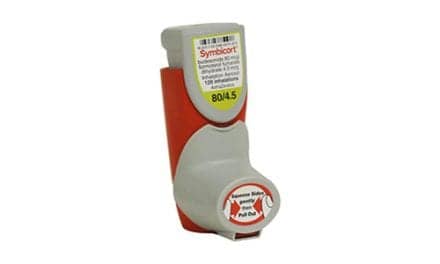Objective lung-function testing is essential for correctly assessing asthma control in children, according to the findings of a study presented at the American College of Allergy, Asthma & Immunology Annual Scientific Meeting in Phoenix.
While lung-function testing is a component of the 2007 National Asthma Education and Prevention Program Expert Panel Report 2 guidelines for assessing asthma control in children, its use is often limited in the primary care setting, according to Edward Hu, MD, from the University of Southern California in Los Angeles.
The researchers performed a retrospective analysis of 453 patients, 5 to 18 years old who were enrolled in a disease-specific management program for their asthma in 2009. The study participants were primarily inner city males (61.1%) and Hispanic (83.2%).
Using the Expert Panel Report 3 guidelines, the researchers first determined whether the patients’ asthma was uncontrolled, poorly controlled, or well controlled without lung-function testing. They then correlated the status of these patients with lung-function testing.
The findings showed that 67% of patients were initially well controlled, and the remainder poorly controlled. One third of the patients were identified as not well controlled through an interview. When lung-function testing was added, the researchers found that the asthma of another 10% of patients was not well controlled.
Patients 5 to 7 years of age were reclassified less often than patients 8 to 11 and 12 to 18 years of age (6.3%, 13.2%, and 9.2%, respectively). The influence of being female and having severe baseline status on asthma control reclassification was significant for children 12 to 18 years (p<0.05).
In an interview with Medscape Medical News, Hu said he became interested in exploring lung-function testing after noticing that some patients would always say that they were doing well, were not missing any school, and that their asthma was not impairing them in any way. When lung-function testing was done on these patients, he found that their FEV1 was in fact decreased. When given albuterol, these patients’ FEV1 would increase appropriately, demonstrating to Hu that their asthma actually was not well controlled.
Hu added that lung function testing might not be done in the primary care setting as much as it should because it is more time-consuming and expensive, and requires the knowledge of how to use spirometry to assess lung function.
Source: Medscape Medical News









